How to Drink Loose Leaf Tea
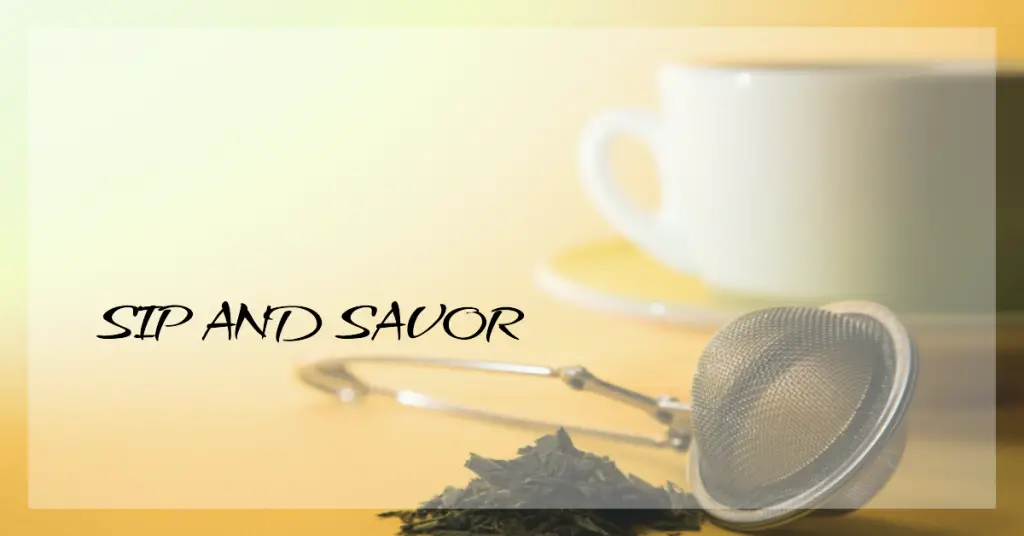
Welcome to our easy guide on how to drink loose-leaf tea! Drinking loose-leaf tea is a wonderful experience that can elevate your tea-drinking game to the next level.
Whether you’re a seasoned tea drinker or a newbie, this guide will teach you everything you need about loose-leaf tea.
Loose-leaf tea comes in many different flavors and varieties and is generally of higher quality than tea bags. By brewing loose-leaf tea, you can enjoy a richer taste and aroma absent from tea bags.
This guide will show you how to select the right loose-leaf tea, brew it correctly, and serve it using the right accessories. We’ll also provide tips on enhancing your tea’s flavor and pairing it with food.
So let’s begin your journey to discovering how to drink loose-leaf tea!
Key Takeaways:
- Loose-leaf tea offers a richer taste and aroma compared to tea bags.
- This guide will teach you to select the right loose-leaf tea, brew it correctly, and serve it using the right accessories.
- You can enhance the flavor of your tea and pair it with food using the tips we provide.
Table of Contents
Why Choose Loose Leaf Tea?
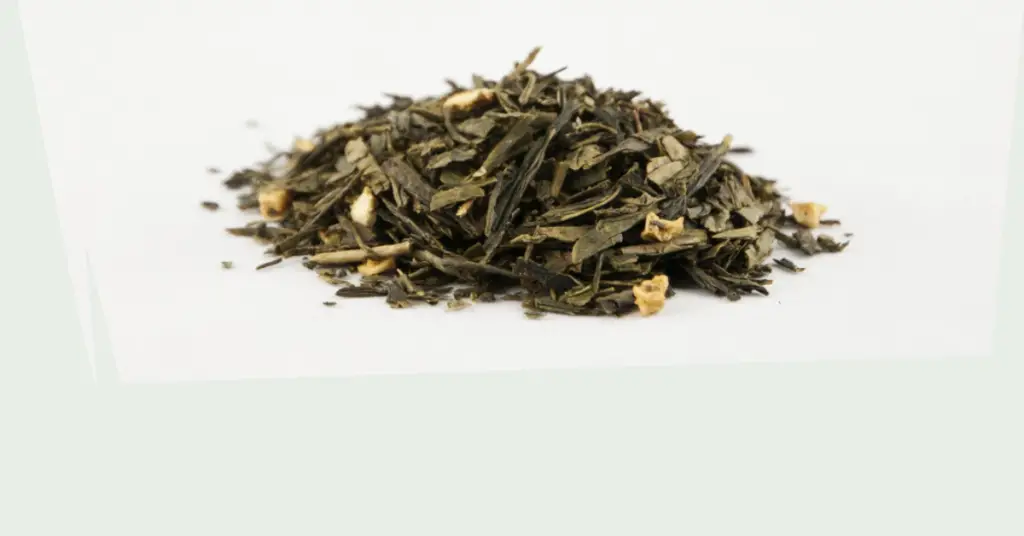
Loose-leaf tea is a premium tea experience that offers a range of benefits over traditional tea bags.
The loose leaves used in this type of tea are typically of higher quality than those found in bags, giving you a richer, more complex flavor. Also, loose-leaf tea is more fragrant, providing a more enjoyable brewing aroma.
One of the key advantages of loose-leaf tea is the diversity of flavors and varieties available.
Whether you’re in the mood for a classic black tea, a refreshing green tea, or an aromatic herbal tea, you’re sure to find a loose-leaf tea that fits your taste preferences.
In addition to superior taste and variety, loose-leaf tea is more environmentally friendly.
The tea leaves can be composted, and many loose-leaf teas are packaged in biodegradable or reusable containers, reducing waste and helping to preserve the environment.
Overall, the benefits of loose-leaf tea are clear. By choosing to drink loose-leaf tea, you’ll enjoy a richer, more flavorful tea experience while doing your part to protect the planet.
Selecting the Right Loose Leaf Tea
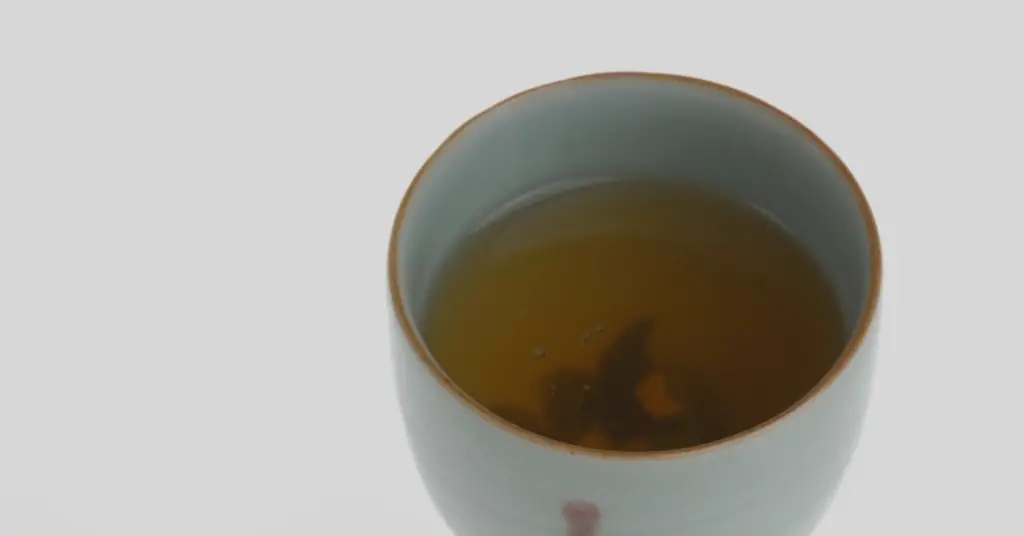
If you’re new to loose-leaf tea, selecting the right type can be overwhelming. With so many options available, it can be challenging to know where to start.
However, exploring the different types of loose-leaf tea will help you find the perfect cup for your taste buds.
Firstly, it’s important to note that all loose-leaf tea comes from the same plant, Camellia sinensis. However, the processing and growing conditions determine the type and flavor of tea produced.
| Type of Loose Leaf Tea | Description |
|---|---|
| Black Tea | Produced using herbs, spices, and flowers. It does not contain any tea leaves and has many flavors and health benefits. |
| Green Tea | Produced by withering and steaming the tea leaves. It has a delicate and refreshing taste, often enjoyed plain or with a slice of lemon. |
| Oolong Tea | Produced by withering, rolling, and oxidizing the tea leaves to varying degrees. It has a complex and fruity flavor, often enjoyed without any additives. |
| Herbal Tea | Produced using herbs, spices, and flowers. It contains no tea leaves and has many flavors and health benefits. |
When buying loose-leaf tea, it’s essential to purchase high-quality tea from a reputable source. Avoid tea bags as they often contain low-grade tea, resulting in a less flavorful cup of tea.
Look for fresh, aromatic, loose-leaf tea with a good reputation.
By considering the different types of loose-leaf tea and purchasing high-quality tea, you’ll surely have a delicious and satisfying cup of tea every time.
Brewing Loose Leaf Tea

Brewing loose-leaf tea is an art that requires attention to detail and careful consideration of factors such as water temperature, steeping time, and tea-to-water ratio.
While there is no one-size-fits-all method for brewing loose-leaf tea, a few techniques can help you achieve the perfect cup.
Teapots
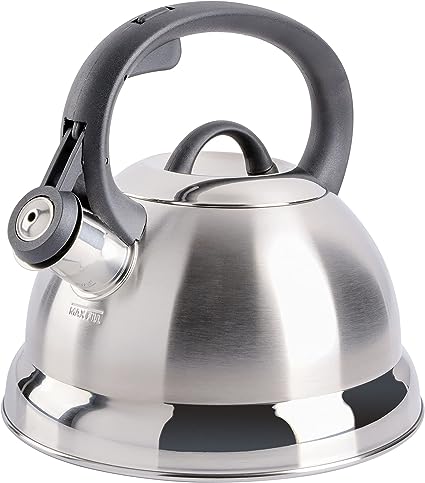
Using a teapot is one of the most popular ways to brew loose-leaf tea. To start, begin by heating your water to the appropriate temperature for your chosen tea (see our guide on selecting the right loose-leaf tea for more information on tea temperatures).
Next, place the desired amount of loose tea leaves into your teapot’s infuser or strainer basket. Finally, pour water over the leaves, allowing them to steep for the recommended time.
Infusers
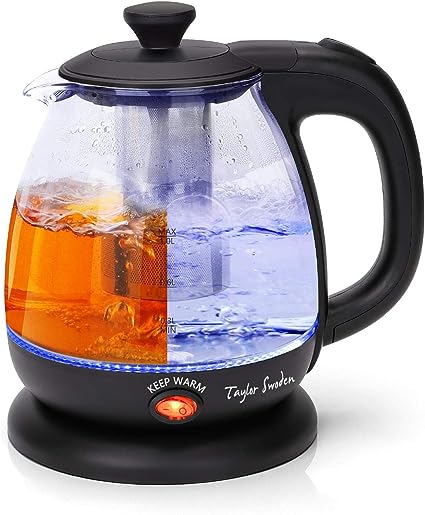
Infusers are a convenient way to brew loose-leaf tea, allowing you to control the tea-to-water ratio and brewing time.
Simply place the desired amount of loose tea leaves into the infuser, then place it into your cup or mug.
Pour hot water over the infuser, and allow it to steep for the recommended time before removing it and enjoying your tea.
Steeping Time
The steeping time for loose-leaf tea can vary depending on the type of tea and personal preference.
Generally, black teas should be steeped for 3-5 minutes, oolong teas for 4-7 minutes, and green and white teas for 2-3 minutes.
Herbal teas can be steeped for longer periods of time, often up to 10 minutes. Experiment with different steeping times to find your perfect cup.
Tea-to-Water Ratio
The tea-to-water ratio is another important factor in brewing loose-leaf tea. As a general guideline, use 1 teaspoon of tea for every 8 ounces of water. Adjust the amount of tea used based on personal taste preferences.
Following these simple techniques can unlock loose-leaf tea’s full flavor and aroma. Experiment with different brewing methods and find what works best for you.
Serving Loose Leaf Tea
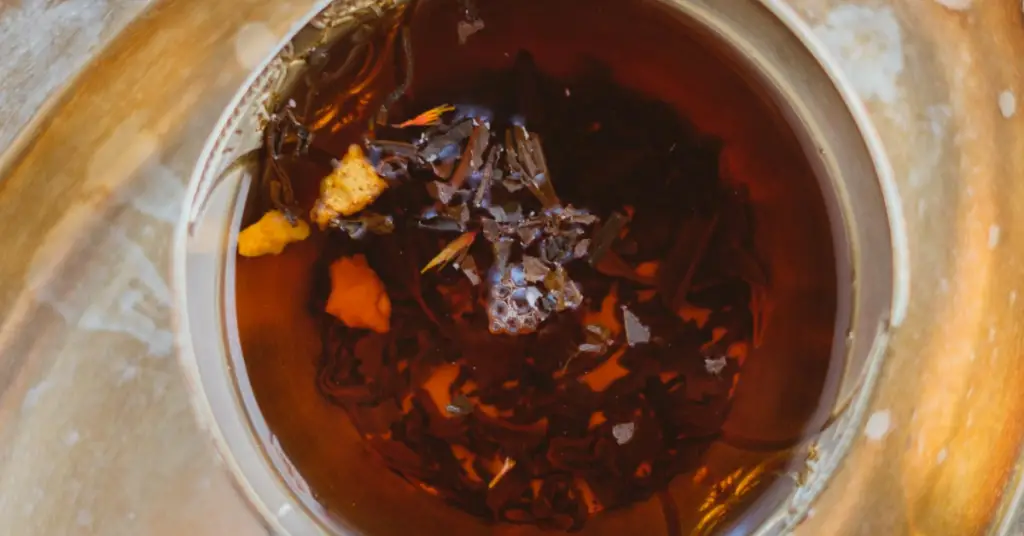
Drinking loose-leaf tea is about the taste and aroma and the experience. Serving loose-leaf tea can be an art form, and there are several ways to enhance the presentation, making it a treat for all the senses.
Teapots
Using a teapot is the traditional way of serving loose-leaf tea. Porcelain, ceramic, or glass teapots are recommended, as they are durable and retain heat well.
It is important to preheat the teapot to prevent the tea temperature from dropping too quickly.
Pour boiling water into the teapot and let it sit for a minute, then discard the water and add the loose-leaf tea.
Teacups
Teacups should be used instead of mugs, as they allow the tea to breathe and develop its flavor. Choose wide and shallow cups with a flat bottom and a handle for easy holding.
The color of the cups can also affect the tea presentation. Neutral or pastel tones are recommended, as they do not distract from the tea’s color and clarity.
Tea Accessories
Adding some accessories to the tea presentation can make it more inviting. A small plate for cookies, biscuits, or pastries is a nice touch.
A sugar bowl and creamer pitcher can also be included for those who prefer their tea to be sweetened or with milk.
A tea timer or infuser can also be incorporated to give guests a personal tea experience.
Following these serving tips can elevate the enjoyment of drinking loose-leaf tea, making it a memorable experience for all involved.
Enhancing the Flavor of Loose Leaf Tea
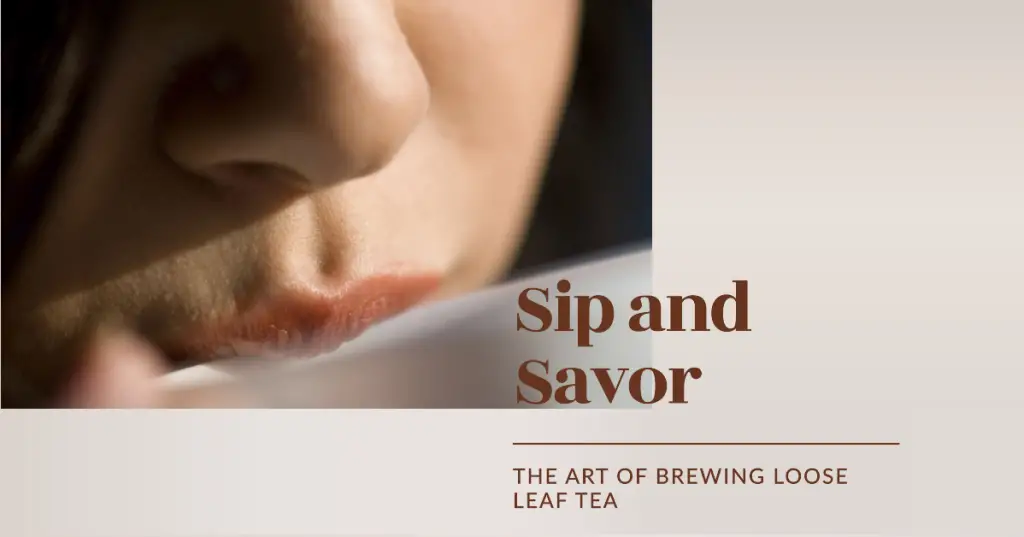
Drinking loose-leaf tea is an adventure for the senses, and enhancing its flavor is a great way to elevate the experience. Here are some tips to infuse your favorite tea with delicious flavors:
- Add honey: Sweeten your tea with honey for a natural and healthy sweetener that adds a distinct flavor to your brew. Try different types of honey, such as wildflower or clover, for a unique taste.
- Use lemon: Adding a squeeze of lemon to your tea will give it a refreshing, citrusy taste. You can also add a slice of lemon to your teacup for an aesthetic touch.
- Experiment with herbs: Herbs like mint, lavender, and chamomile can add depth and complexity to your tea. Experiment with different combinations of herbs to find your favorite blend.
- Spice it up: Add spices like cinnamon, cardamom, or ginger to your tea for a warm and cozy flavor. These spices also have health benefits, making them a great addition to your brew.
Remember to add these ingredients in moderation to ensure you don’t overpower the delicate flavor of the tea.
With these tips, you can enhance the flavor of your loose-leaf tea and create a personalized experience every time you brew.
Pairing Loose Leaf Tea with Food
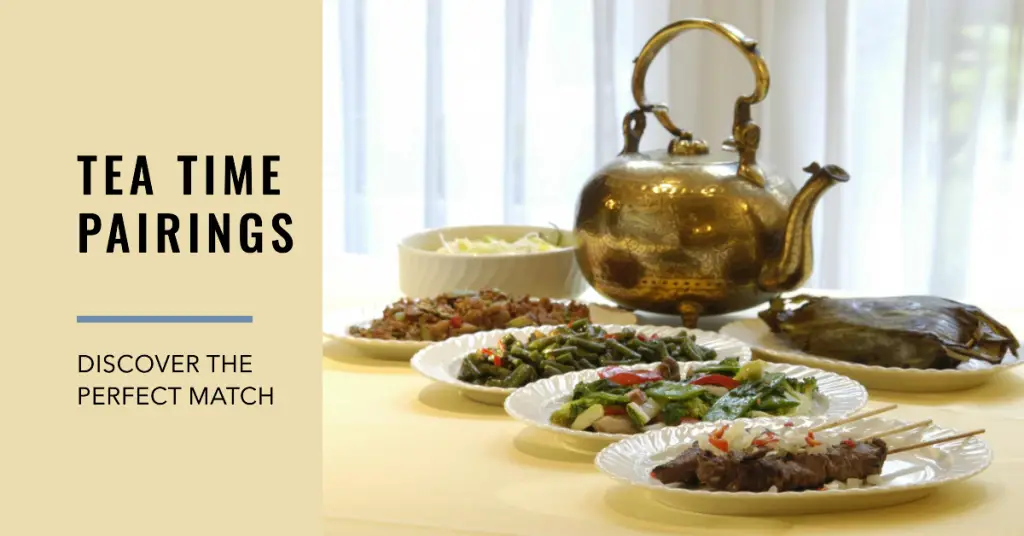
Drinking loose-leaf tea can be more than just a delicious beverage; it can also be an art form.
One way to elevate your tea experience is through tea pairing, which involves matching specific types of loose-leaf tea with certain foods to enhance the flavors of both.
For example, pairing a robust black tea with a rich chocolate cake can create a decadent and indulgent experience.
On the other hand, light and floral green tea can complement the delicate flavors of seafood or sushi.
When considering which loose-leaf tea to pair with your meal, consider the intensity and flavor profile of the tea and the food.
A good rule of thumb is to match bold flavors with bold teas and delicate flavors with light teas.
Here are some loose-leaf tea pairing suggestions to get you started:
- Earl Grey: Pair this fragrant black tea with citrus desserts or spicy dishes.
- Chai: This spiced black tea pairs well with savory dishes, such as Indian curries or Middle Eastern cuisine.
- Jasmine: This delicate green tea complements light and fresh flavors such as sushi and seafood.
- Oolong: With its nutty and floral taste, oolong tea pairs well with roasted meats and vegetables.
Experimenting with different loose-leaf tea pairings can be a fun and tasty way to enhance your tea-drinking experience. So why not give it a try and discover your own perfect pairing?
Storing Loose Leaf Tea
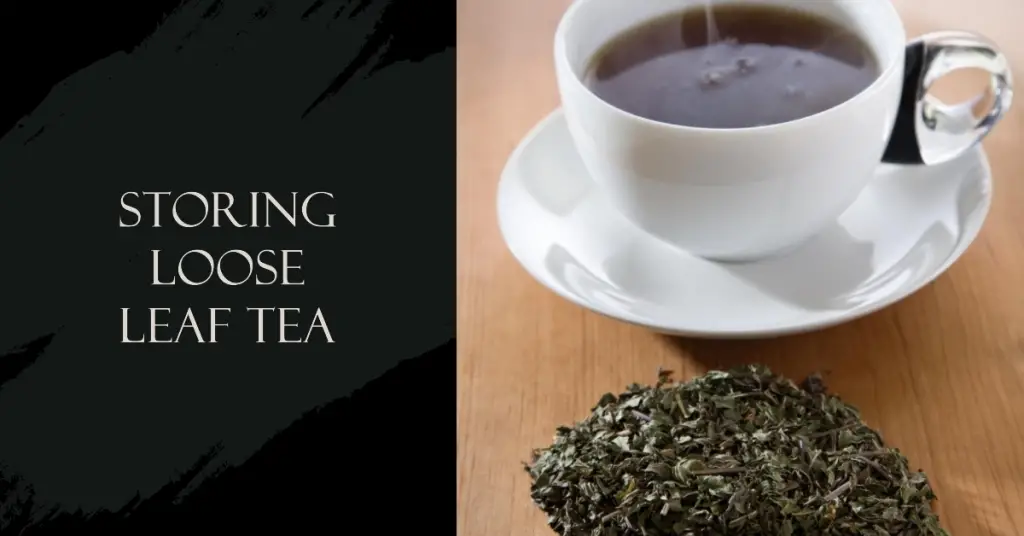
Proper storage of loose-leaf tea is essential to preserve its flavor and prolong its shelf life. Here are some tips on how to store your loose-leaf tea:
- Use an airtight container: When exposed to air, tea can lose its freshness and flavor. Store your loose-leaf tea in an airtight container to prevent air from getting in. Mason jars or tins with tight-fitting lids work well.
- Keep it cool: Heat can also damage tea, so store your container in a cool place away from direct sunlight, such as a pantry or cupboard.
- Avoid moisture: Moisture can cause tea leaves to clump together and develop mold. Keep your container dry, and avoid storing it in the refrigerator or freezer.
- Consider using opaque containers: If you don’t have a cool, dark place to store your tea, consider using an opaque container to block light. This can help preserve the flavor and aroma of your tea.
- Don’t overstock: Only buy as much tea as possible in a reasonable time. Tea loses flavor over time, even if stored properly, so buying smaller quantities and replenishing your supply regularly is best.
Following these simple tips, you can ensure that your loose-leaf tea stays fresh and flavorful, ready to be brewed and enjoyed whenever desired.
Final Sip of How to Drink Loose Leaf Tea
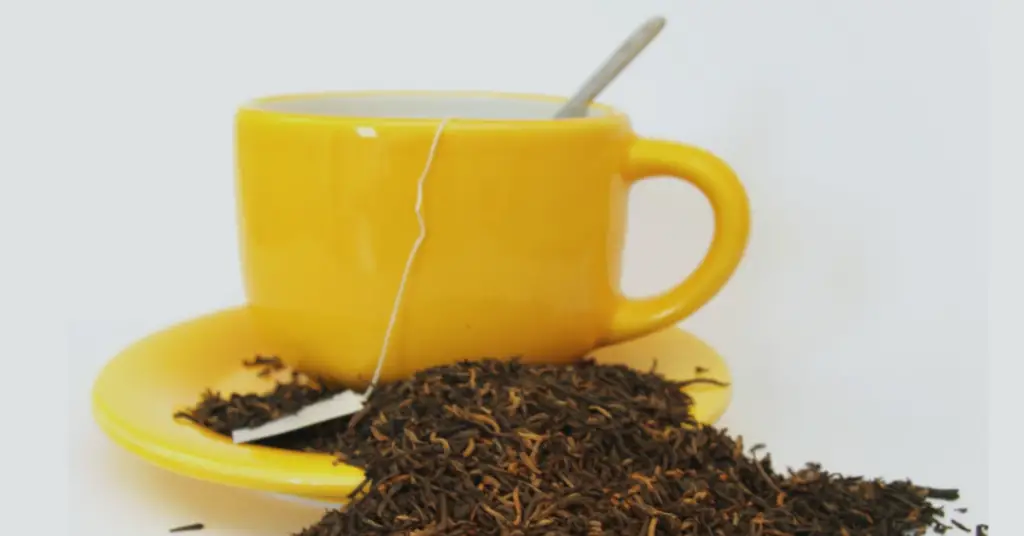
Congratulations! You have now learned how to drink loose-leaf tea like a pro. Armed with this easy guide, you can enjoy loose-leaf tea’s superior taste and aroma anytime.
Remember, opt for quality varieties when selecting your loose-leaf tea and buy from reputable sellers.
When brewing your tea, use the correct temperature and steeping time for the type of tea you’re using. And, when serving your tea, let your creativity shine by using beautiful teapots, teacups, and accessories.
The key to enjoying loose-leaf tea is experimenting and finding what works best. Don’t be afraid to try new flavors or add ingredients that enhance the taste.
With a little practice, you’ll be brewing the perfect cup of tea quickly!
So, grab your favorite loose-leaf tea, and start sipping! Cheers to a new world of tea flavors and experiences.
You now know how to drink loose-leaf tea; go ahead and share your knowledge with your friends and family!


Leave a Reply